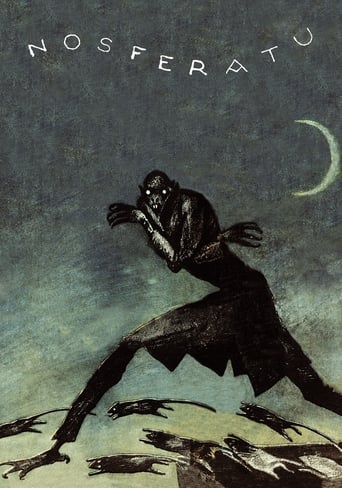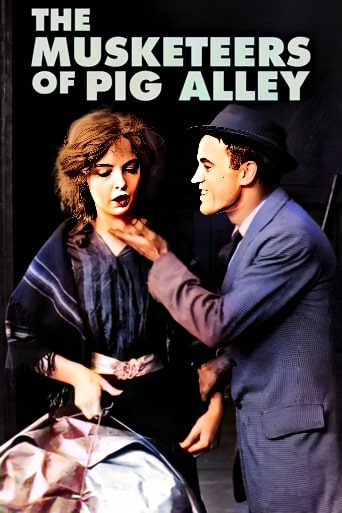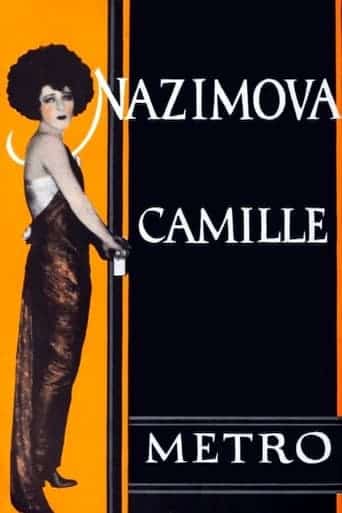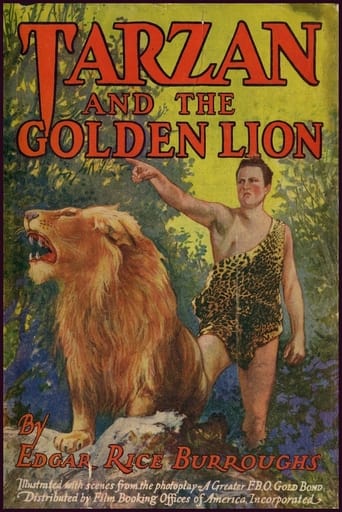Nosferatu (1922)

 In 1922, F. W. Murnau unleashed “Nosferatu” upon the world, a silent film masterpiece that stands as an iconic landmark in the horror genre.
In 1922, F. W. Murnau unleashed “Nosferatu” upon the world, a silent film masterpiece that stands as an iconic landmark in the horror genre.
Starring Max Schreck as Count Orlok, the film weaves a chilling tale inspired by Bram Stoker’s “Dracula.” Set in the fictional German town of Wisborg in 1838, the narrative unfolds as Thomas Hutter, an estate agent, embarks on a journey to Transylvania to visit the mysterious Count Orlok.
Hutter’s ominous expedition begins with a visit to an inn, where the mere mention of Orlok’s name sends shivers down the locals’ spines. Undeterred, Hutter continues to Orlok’s castle, where he is greeted by the enigmatic count. The eerie atmosphere is set from the start, with Orlok’s peculiar behavior and the locals’ fearful reactions foreshadowing the horrors that will unfold.
As Hutter stays at the castle, a series of unsettling events transpire. Orlok’s attempt to suck Hutter’s blood, the discovery of fresh punctures on Hutter’s neck, and Orlok’s fascination with a photo of Hutter’s wife, Ellen, all contribute to an increasing sense of dread. Suspicions arise as Hutter, influenced by a book about vampires, begins to question Orlok’s true nature.
The tension reaches its peak when Hutter, exploring the castle, stumbles upon Orlok’s resting place in a coffin within the crypt. The imagery of the vampire in repose adds to the film’s gothic and macabre atmosphere. The subsequent scenes on the ship, where Orlok’s coffins are infested with rats and the crew meets a grim fate, intensify the foreboding sense of doom.
Upon Orlok’s arrival in Wisborg, the town descends into chaos, with a mysterious plague claiming lives. The film masterfully employs shadows and expressionist cinematography to evoke a sense of impending doom, creating an atmosphere of horror that transcends the silent medium.
The narrative takes a poignant turn as Ellen, Hutter’s wife, reads about defeating vampires through the sacrifice of a pure-hearted woman. Determined to save her town and husband, she decides to offer herself to Orlok. Greta Schröder’s portrayal of Ellen adds a layer of emotional depth to the film. Her character becomes a symbol of purity and sacrifice, facing the vampire menace to protect her loved ones.
The climactic scene unfolds as Ellen opens her window to invite Orlok in, feigning illness to send Hutter for help. Orlok, drawn by her beauty, succumbs to her sacrifice. The juxtaposition of horror and beauty is evident as Ellen, a tragic heroine, confronts the vampire to ensure the town’s salvation.
The film’s climax, where Orlok vanishes in the light of the rising sun, is a powerful visual metaphor. The vampire’s demise with the arrival of daylight is a timeless trope that “Nosferatu” popularized, influencing vampire lore in subsequent cinematic works.
The aftermath sees Ellen succumbing to the effects of her sacrifice, embraced by her grief-stricken husband. Count Orlok’s castle, shown destroyed in the Carpathian Mountains, marks the end of the vampire’s reign of terror. The film concludes with a haunting image of Ellen’s lifeless body, a poignant reminder of the cost of defeating the supernatural evil that plagued the town.
“Nosferatu” remains a cinematic triumph, celebrated for its atmospheric cinematography, groundbreaking special effects, and Max Schreck’s unforgettable portrayal of Count Orlok. Schreck’s performance as the vampire is iconic, his grotesque appearance and eerie movements defining the image of the cinematic vampire for generations to come.
Murnau’s direction, coupled with Albin Grau’s production design, creates a haunting visual language that transcends the limitations of silent cinema. The film’s influence is far-reaching, shaping the horror genre and inspiring countless filmmakers.
In conclusion, “Nosferatu” stands as a testament to the power of silent cinema to evoke terror through imagery and atmosphere. Murnau’s vision, coupled with Schreck’s unforgettable performance, solidified the film’s place in cinematic history. Its impact on horror cinema endures, and Count Orlok remains an indelible figure in the pantheon of iconic film monsters. As the sun sets on Wisborg, “Nosferatu” continues to cast its long shadow over the realm of horror, a timeless classic that haunts the collective imagination.
Release Date: March 4th, 1922
Main Cast Members
Max Schreck (Count Orlok)
Gustav von Wangenheim (Hutter)
Greta Schröder (Ellen)
Georg H. Schnell (Harding)
Ruth Landshoff (Ruth)
Gustav Botz (Professor Sievers)
Alexander Granach (Knock)
John Gottowt (Professor Bulwer)
Loading live eBay listings...




